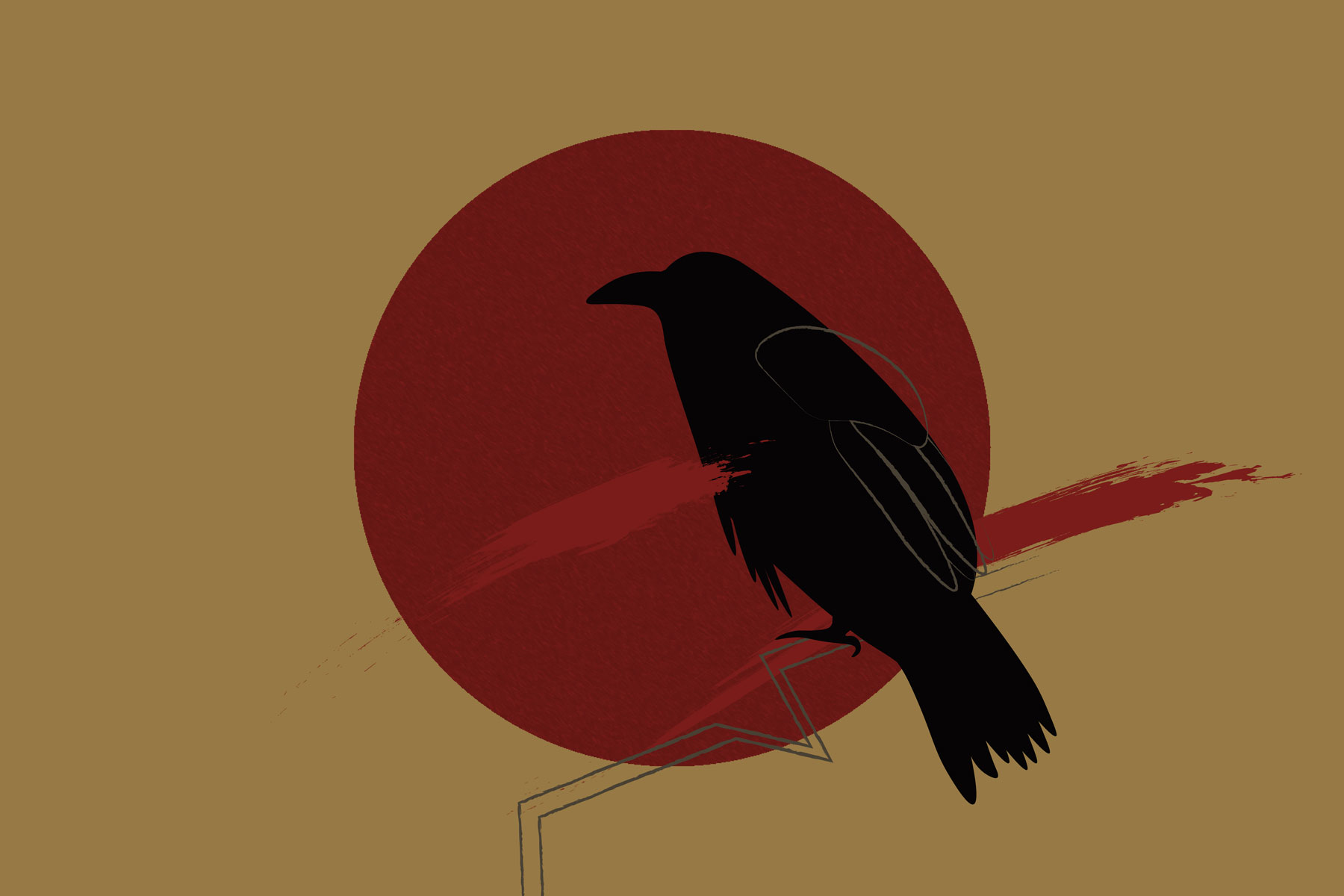The horror movie genre is ripe with widely acknowledged clichés. From unsuspecting families who live on top of Native American burial grounds to gorgeous women investigating suspicious noises in their underwear, most scary flicks fail to garner points for originality. Of course, some creators can successfully implement this category’s many tropes, but they run the risk of producing boredom with each tired storyline. Recently, Netflix released “Ghost Stories,” an anthology of four stories ridden with unironic clichés.
Previously, the creators of “Ghost Stories” teamed up with Netflix to create another anthology series; “Lust Stories,” a romantic comedy collection exploring love and relationships in modern India, was warmly received by fans and critics alike. After their initial project’s success, directors Anurag Kashyap, Zoya Akhtar, Dibakar Banerjee and Karan Johar began working together within the horror movie genre. With each director tackling a different story in the collection, audiences are promised a unique perspective as new ghosts and ghouls fill the screen.
Simply titled “Nurse,” Akhtar’s short story begins with a banal opening scene. A fresh-faced woman named Sameera stands in a deserted landscape, listening to the harsh cry of crows overhead. These cries, obviously meant to usher in an eerie atmosphere, only succeed in lulling genre-savvy audiences to sleep. Unforeseen schedule changes send the hospice nurse to an unfamiliar house, filled to the brim with spooky remnants of a bygone age.
As Sameera searches for her elderly charge, the smell of decay hovers in every corner of the dark house. Soon, she meets Mrs. Malik, a belligerent woman expecting a visit from her absentee son. Although the situation appears normal at first, Sameera becomes frightened by the old woman’s uncanny, supposedly supernatural ability to predict the future. Ignoring her fear, the caretaker tries to make her charge comfortable, but soon stumbles upon a terrible discovery.
Next, “Ghost Stories” jumps from haunted houses to a peaceful suburban neighborhood. “Bird” centers around Neha, a pregnant woman caring for her nephew as she awaits the birth of her own child. After suffering several miscarriages, Neha desperately wants to become a mother, and constantly tends to a collection of eerie dolls to practice for a real baby. A family of crows also receives her maternal affection, acquiring worms and birdseed from the anxious woman. Despite her best efforts, Neha never gains peace concerning the wellbeing of her unborn child. A past mistake burns in her memory, leading its guilt-ridden owner to believe childlessness is the proper punishment for her wrongdoing. Blinded by this conviction, Neha fails to recognize the much more obvious, sinister source of her misfortune.
Throughout this short story, director Kashyap highlights the progression of Neha’s madness with a subtle, cinematic flair. As the film progresses, her obsession spirals out of control, obliterating the viewer’s clear perception of reality. These skillfully framed scenes, although enjoyable to watch, fail to compensate for the story’s predictable ending. As many horror aficionados know, female characters rarely coast through horror movies unscathed. Rather, throughout the genre’s worst examples, villains specifically target these characters’ identities as women. Hardened fans, familiar with the genre’s tropes, immediately know the situation looks bleak for Neha’s baby.
For persistent viewers, a classic zombie flick comes next in the long-winded anthology. In “Monster,” directed by Banerjee, an unwilling visitor stumbles upon the deserted province of Smalltown. Here, he finds two children matter-of-factly fighting for their lives amidst desolation and decay. Although skeptical at first, the man soon believes the children’s tales of flesh-eating fiends and launches an escape attempt with his new friends in tow. Above all, he must remember the terms of survival in this frightening environment. As one child stoically recites, “If you move, you’ll die; if you speak, you’ll die; they don’t eat those who eat.”
Regarding fright factor, “Monster” fails to present any unfamiliar scenarios for its viewers. The protagonist sprints through the ruins of a town, desperately trying to outrun the creatures growing closer with every passing minute. One character falls victim to the monsters, leaving the others to watch in horror as she meets her untimely fate. Although such scenes surface in many scary movies, “Monster” can boast a hidden message that makes its trite moments worthy of dissection. Like Jordan Peele’s famous social thrillers, this short film aims to prompt discussion about societal issues at hand, providing thought-provoking material even during cliché chase scenes.
The anthology draws to a close with Johar’s “Granny,” a tale concerning a dead matriarch’s unwillingness to vacate the family house. Strangely enough, her descendants receive the regular hauntings with enthusiasm, eagerly greeting the ghostly entity each morning and night. When a young woman named Ira marries into this odd arrangement, she doubts the validity of her new family’s claims, leading the grandmother’s loved ones to take matters into their own hands.
True to form, “Ghost Stories” concludes with a cliché-ridden story. Although conceptually strong, “Granny” lacks the original material necessary for a compelling film. Ira, like countless other female protagonists in horror films, wanders dark halls in scanty clothing, preparing to fight an apparition in her favorite lingerie. Scowling servants lurk in the corners, attempting to add some much needed jump scares, but the predictable scenes collapse each time. Overall, any moment meant to invoke fear in “Granny” simply falls flat.
Overwhelmingly, successful modern horror movies recognize the genre’s stereotypes, seeking to use these conventions to their storytelling advantage. Although ambitious, “Ghost Stories” fails to implement any clichés in an entertaining fashion. When tropes surface, there is never a hint of irony or self-awareness, lending a tired feeling to the entire anthology. As Adrian Hodges, while commenting on the thriller genre, once explained, “One of the problems of this genre is that there are clichés everywhere, and you’ve got to be careful and watch out. Our rule with clichés is to either gently acknowledge them and make fun of them, or do something else.”
















